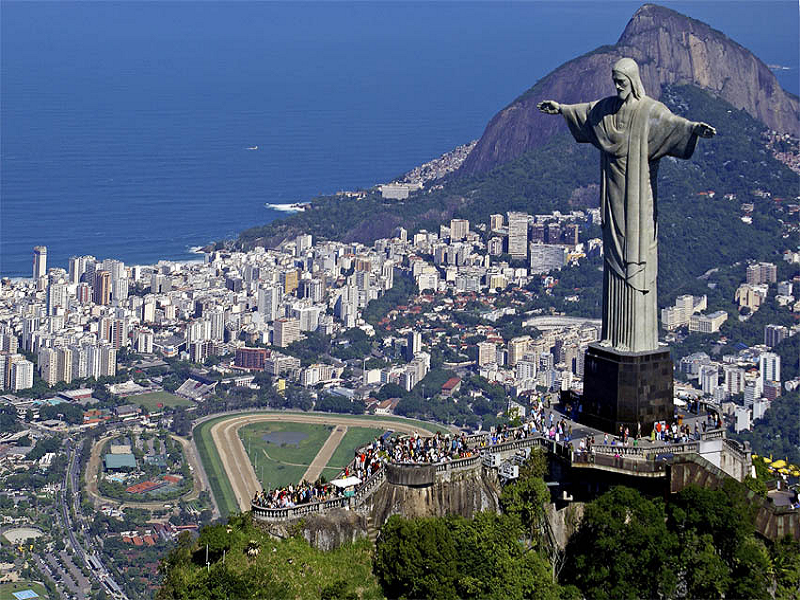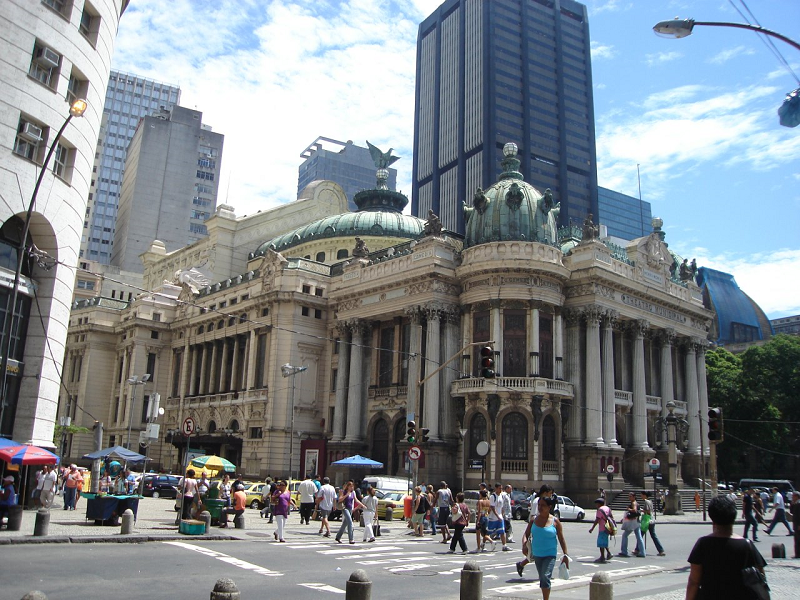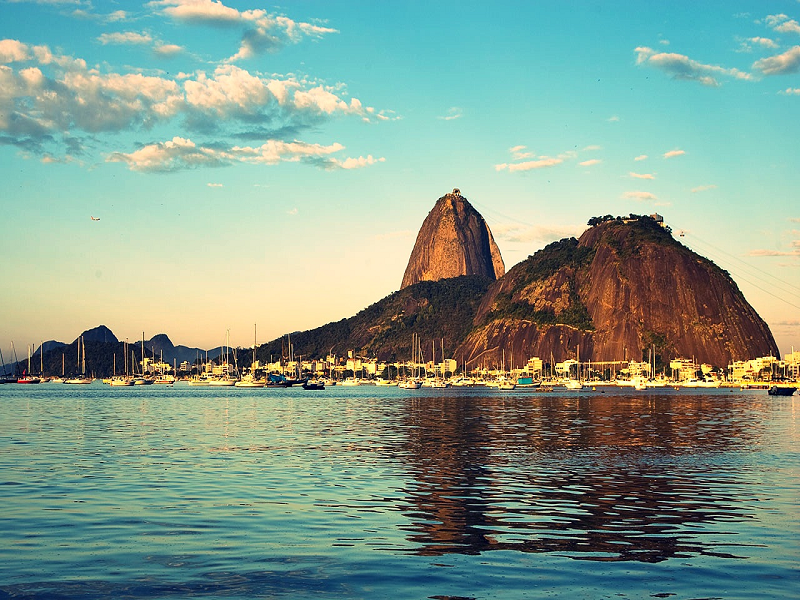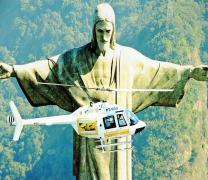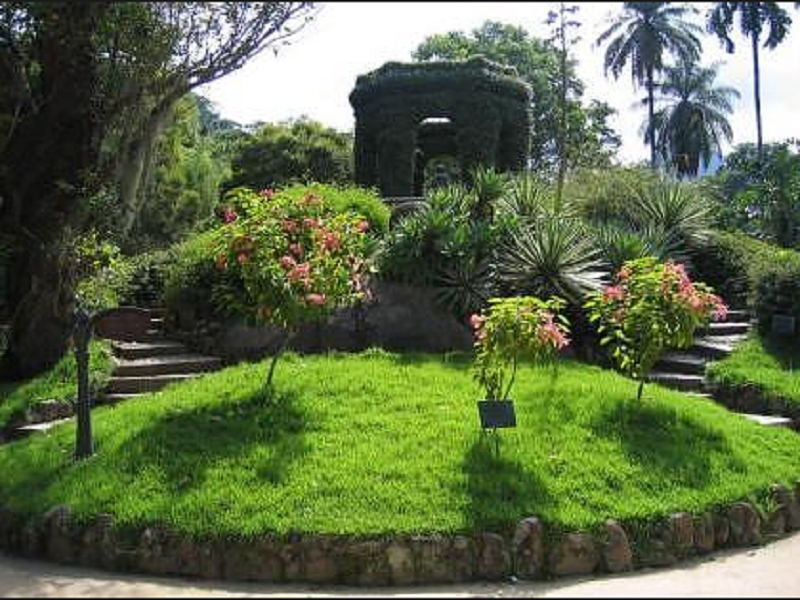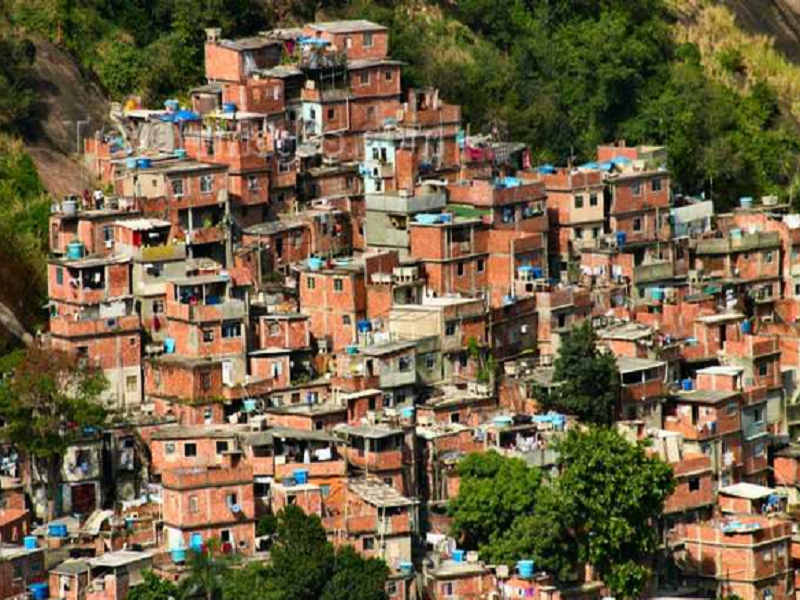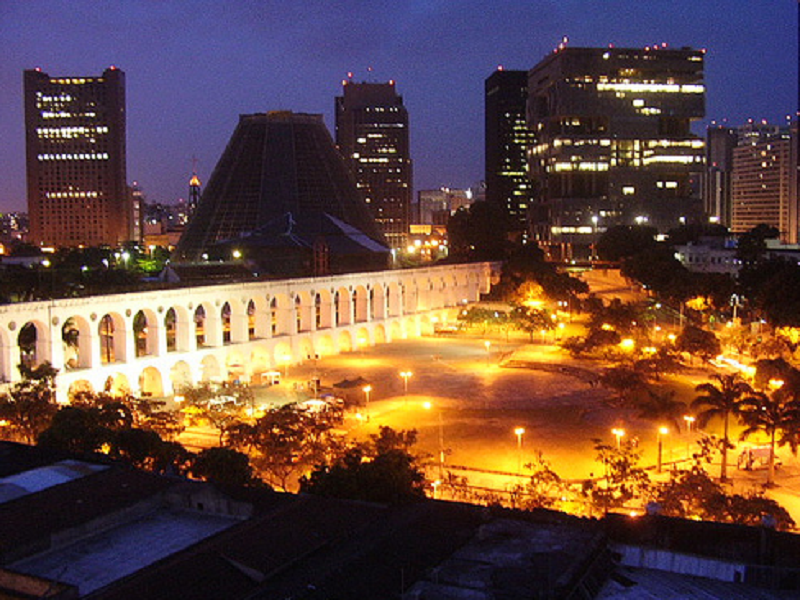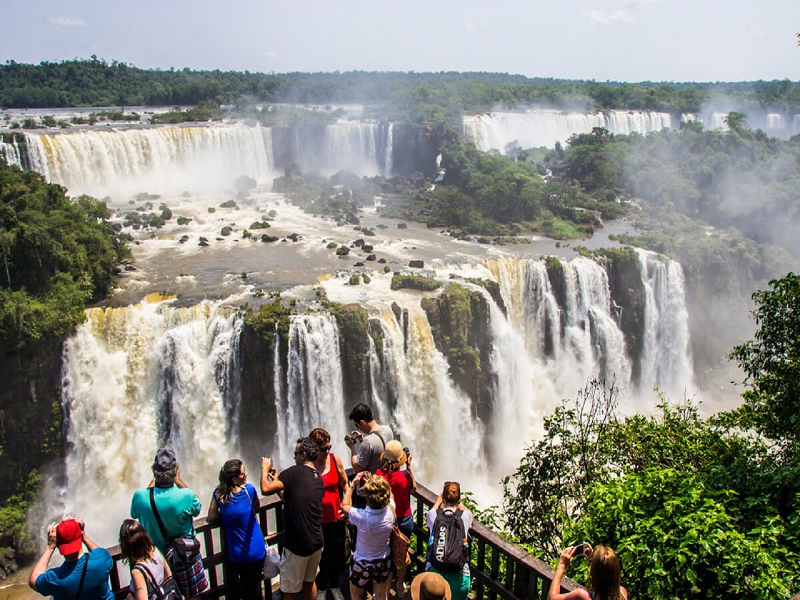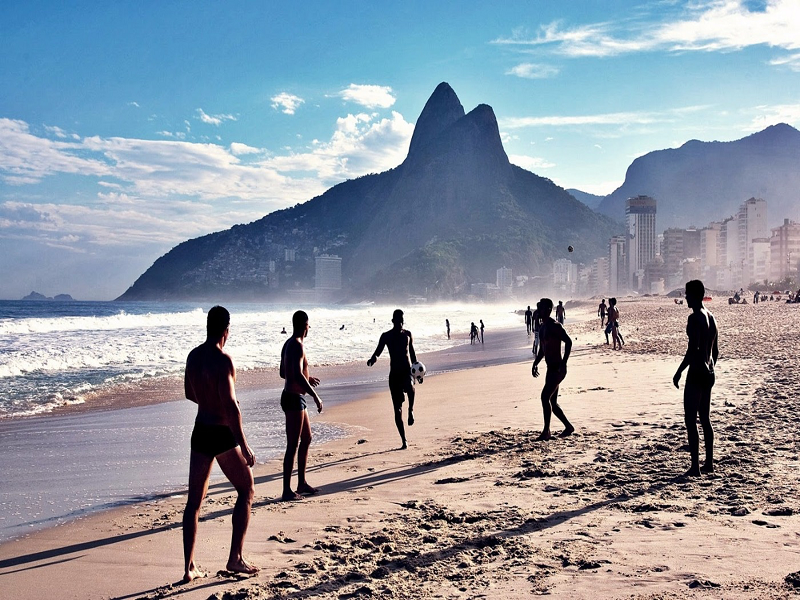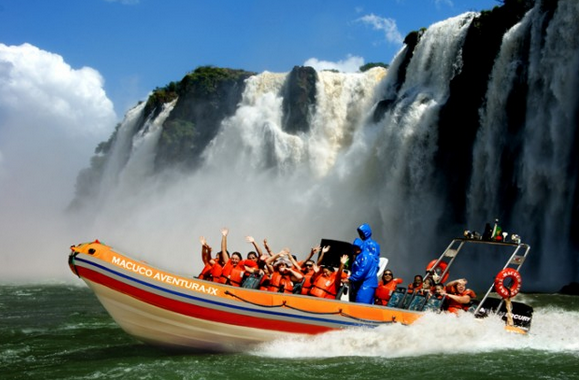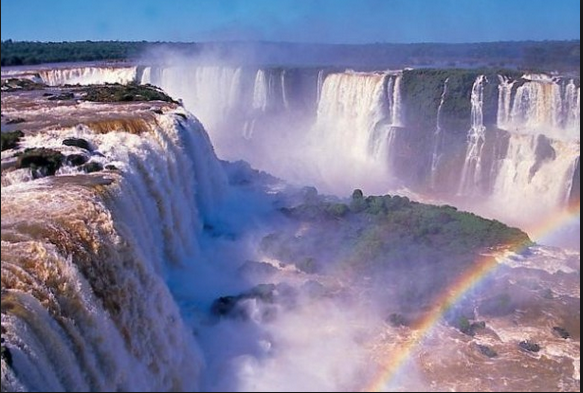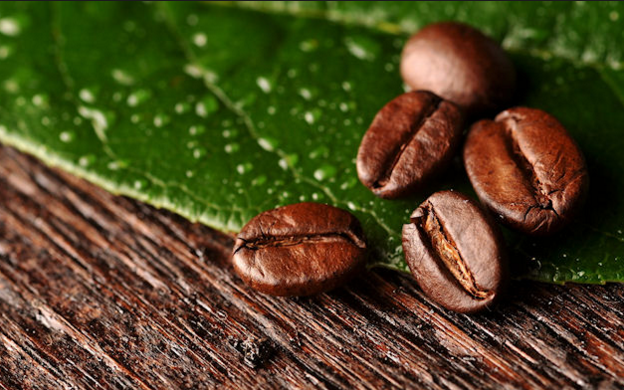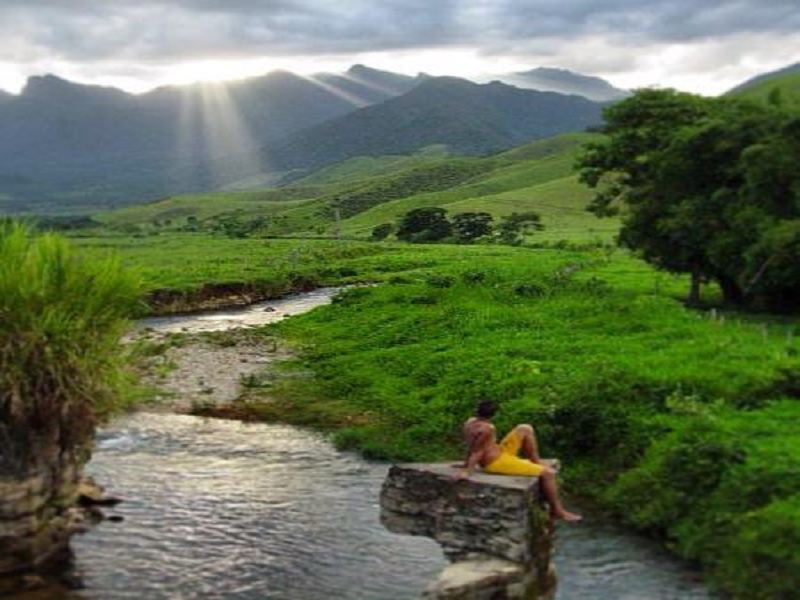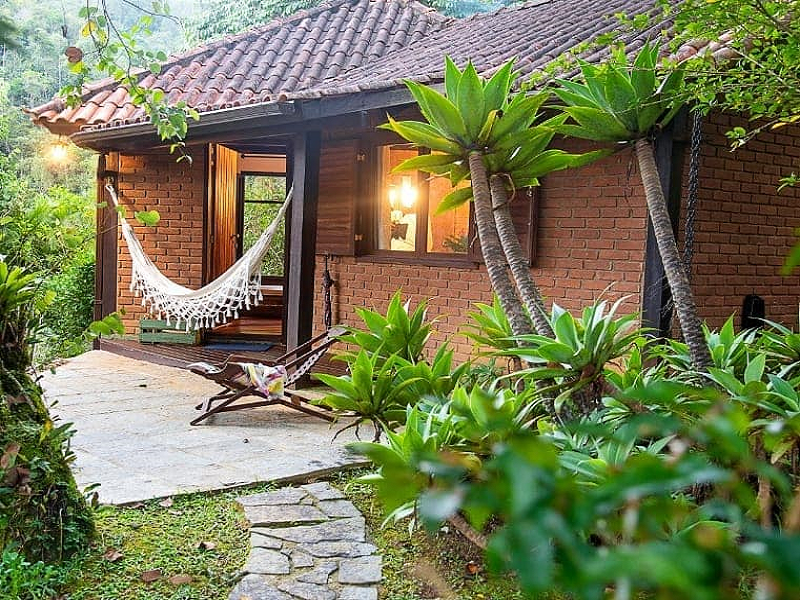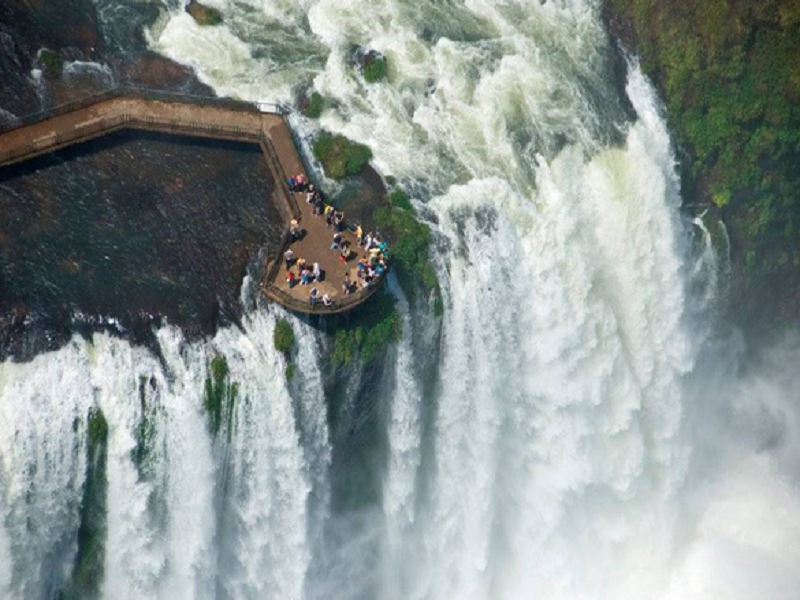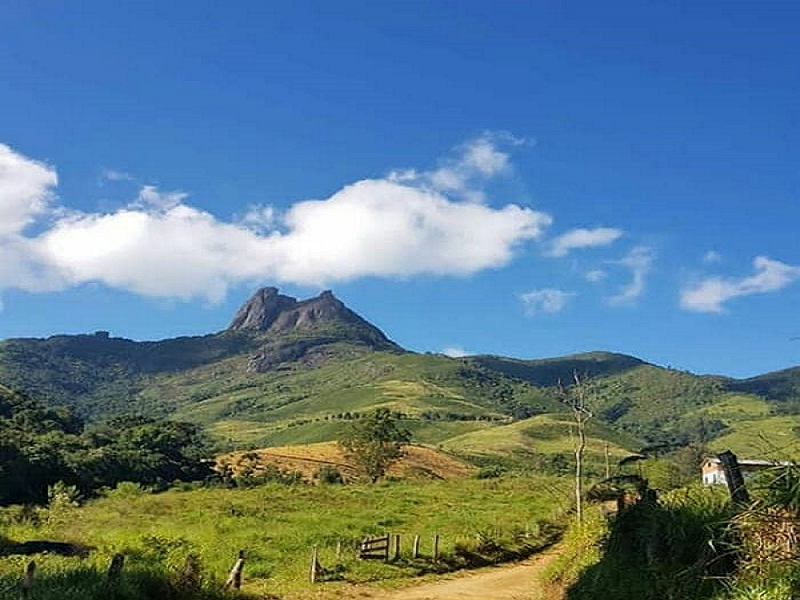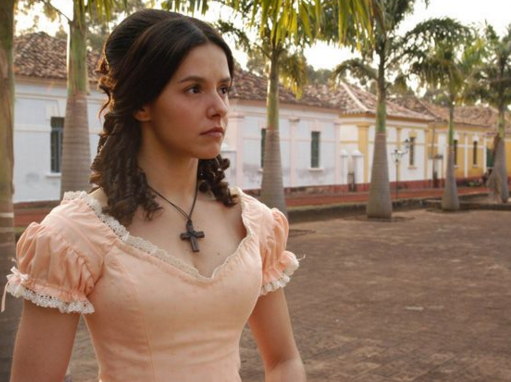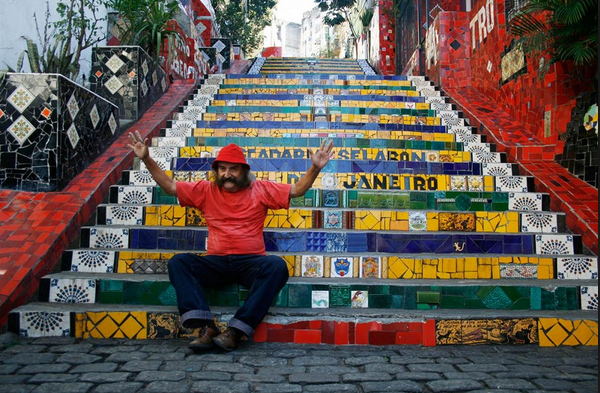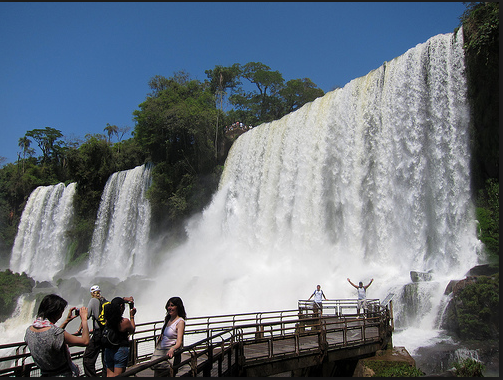Day 2: Rio de Janeiro
After breakfast, your guide will wait for you in the hotel lobby. You go to the statue of Christ of Redeemer through the historical center of the city. The monuments left over from the past are well preserved, since the Church of Candelaria was built in 1775. Some of the best examples of the Baroque style were embodied in the monastery of San Bento. The arches of the famous Lapa were built in 1732 and are used as a water conduit to bring water from the Carioca River to the city center. The city theater was decorated by the best artists from Europe. In Piazza Novembru there are several of the city's most important monuments: the Imperial Palace, from whose balcony slavery was abolished, the Tiradentes Palace, the cathedral built in 1808 as a royal church, the 16th-century Carmelite monastery. On Boticario Square there are buildings with mosaics, old facades, surrounded by centuries-old trees. The Cathedral with a capacity of 20,000 people is very impressive. Along the way you will admire churches, monasteries, the main Cathedral of the city, as well as buildings built in the colonial style. Arrive at the station where the open-air, eco-friendly train departs and heads through the jungle to the top of Corcovado Hill. At the top of Corcovado Hill, at an altitude of 700 m above sea level, rises the symbol of Rio - the statue of Christ the Redeemer (38 m), which was erected in 1931. From the top of Corcovado, a breathtaking panorama of the metropolis and its surroundings opens: the Niteroi Bridge, Guanabara Bay, the Botanical Garden, the world's largest stadium Maracana, Sugar Loaf
